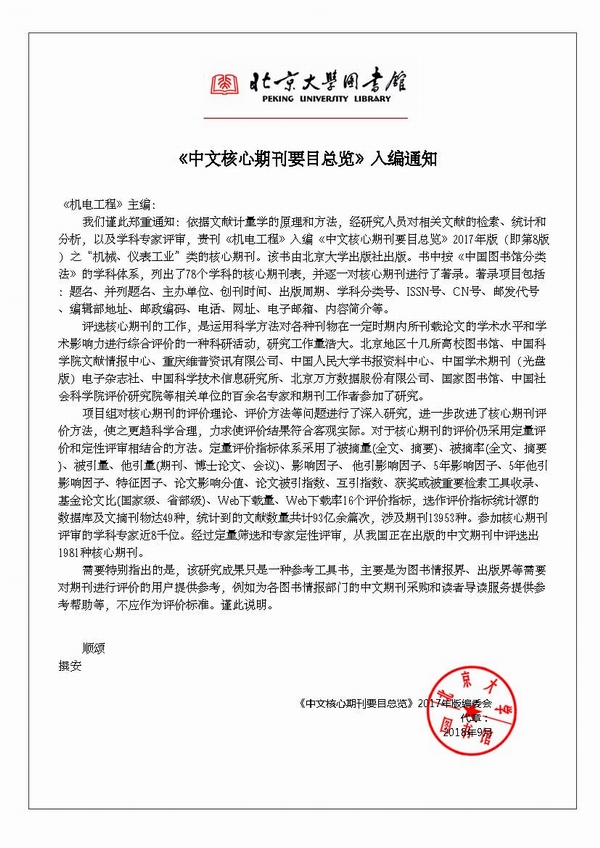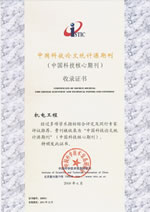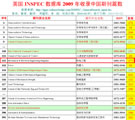
Founded in 1971 >
Chinese Sci-tech Core Periodicals >
British Science Abstracts (SA, INSPEC) Indexed Journals >
United States, Cambridge Scientific Abstract: Technology (CSA: T) Indexed Journals >
United States, Ulrich's Periodicals Directory(UPD)Indexed Journals >
United States, Cambridge Scientific Abstract: Natural Science (CSA: NS) Indexed Journals >
Poland ,Index of Copernicus(IC) Indexed Journals >
International Standard Serial Number:
ISSN 1001-4551
Sponsor:
Zhejiang University;
Zhejiang Machinery and Electrical Group
Edited by:
Editorial of Journal of Mechanical & Electrical Engineering
Chief Editor:
ZHAO Qun
Vice Chief Editor:
TANG ren-zhong,
LUO Xiang-yang
Tel:
86-571-87041360,87239525
Fax:
86-571-87239571
Add:
No.9 Gaoguannong,Daxue Road,Hangzhou,China
P.C:
310009
E-mail:
meem_contribute@163.com
Abstract: Metal lid packaging is an important component of modern packaging industry, yet many of its processes are still stuck in the manual production stage, with packaging processes being particularly prominent. In response to the low level of automation and uneven product quality in the current process of clamping metal lids for packaging, a metal lid clamping device was designed. Firstly, the kinematic and dynamic models of the material conveying process were analyzed to determine the working parameter range of the device. Then, ADAMS and Simulink were used to simulate the kinematics and dynamics of the material, and it was proved that the buffer structure of the chute and the constraint position of the upper baffle were critical to the stable feeding process. Finally, in order to seek the optimal working parameters, experimental factors and response values were selected and Box-Behnken experiments and comparative experiments were conducted. The research results show that the determination coefficients of the model are 0.9892 and 0.9487, respectively, and the significance order of each factor and the optimal combination of working parameters are determined. The actual response values and the predicted results has an error of less than 5%, which meet the operational requirements of stable feeding and effective clamping for the clamping and closing device. This study provides a theoretical basis for the design of subsequent clamping and closing devices and provides a corresponding reference model for enterprises.
Key words: metal packaging; experimental design method; response surface analysis method; Box-Behnken; optimization design; kinematics analysis








